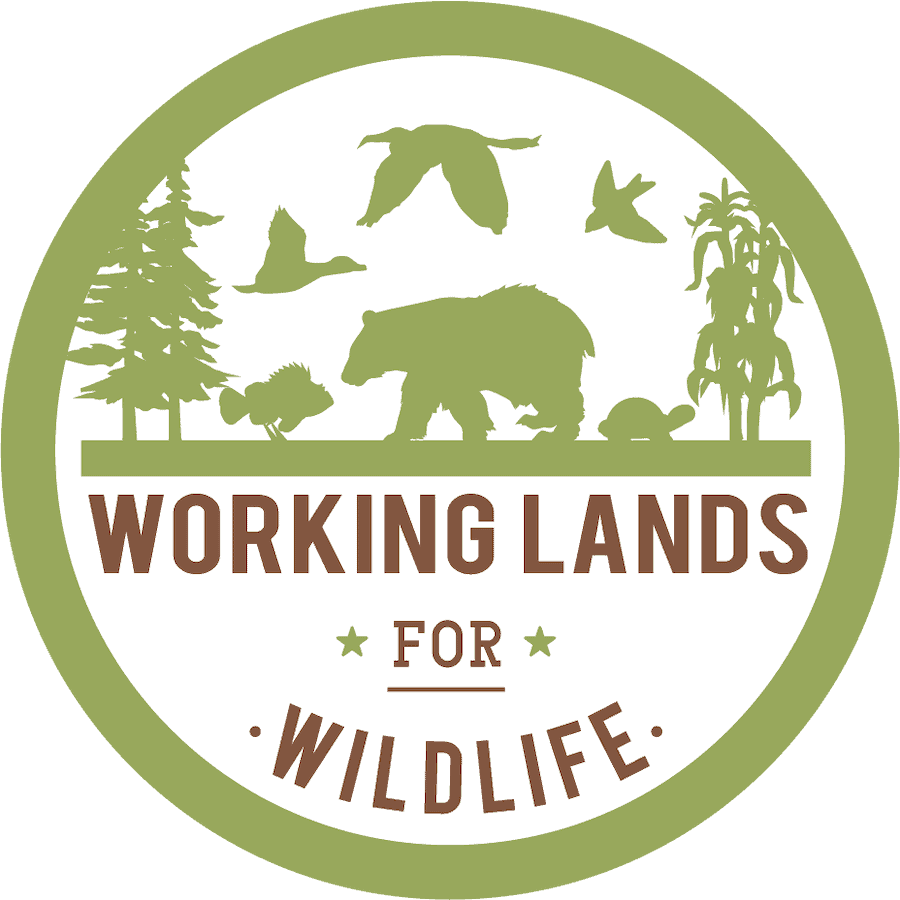-
USDA Launches Strategy to Continue Conserving the Gopher Tortoise and its Critical Habitat
-
by
Web Editor
—
published
Sep 08, 2020
—
filed under:
News,
Working Lands for Wildlife,
WLFW,
Gopher Tortoise
The U.S. Department of Agriculture’s (USDA) Natural Resources Conservation Service (NRCS) has released its new 5-year plan to conserve the Southeast’s threatened gopher tortoise by focusing on the conservation and restoration of its key habitat, the longleaf pine forests. Acting NRCS Chief Kevin Norton told Southeast AgNet the fate of the gopher tortoise is linked to habitat quality, and efforts to conserve habitat on private lands will be critical to its continued survival.
Located in
News & Announcements
/
WLFW News Inbox
-
A Natural Treasure: Florida's Sandhills & Grasslands
-
by
Web Editor
—
published
Dec 30, 2020
—
last modified
Mar 31, 2021 11:29 PM
—
filed under:
News,
Working Lands for Wildlife,
WLFW,
NRCS
Learn how local and state partners with USDA’s Natural Resources Conservation Service have permanently protected a pristine sandhill grassland ecosystem in north-central Florida from rapidly advancing development.
Located in
News & Announcements
/
WLFW News Inbox
-
USDA Announces Additional Assistance for Cattle, Row Crop Producers
-
by
Web Editor
—
published
Dec 30, 2020
—
last modified
Mar 31, 2021 10:19 PM
—
filed under:
WLFW,
USDA,
COVID-19,
American Farm Bureau Federation,
News,
Working Lands for Wildlife
USDA announced today more than $12 billion for the Pandemic Assistance for Producers, which will help farmers and ranchers who previously did not qualify for COVID-19 aid and expand assistance to farmers who have already received help. Farmers who previously submitted CFAP applications will not have to apply again. Sign-up for the new program begins on April 5.
Located in
News & Announcements
/
WLFW News Inbox
-
Sometimes, the simplest things can help wildlife
-
by
Web Editor
—
published
Nov 22, 2021
—
last modified
Nov 30, 2021 12:44 PM
—
filed under:
News,
Working Lands for Wildlife,
WLFW
Sad to say, but that wide-open home on the range that Bing Crosby sings about in Brewster Higley’s “Home on the Range” has been steadily diminishing with every passing decade as the Western landscape has been sliced and diced by roads and barbed-wire fences.
Located in
News & Announcements
/
WLFW News Inbox
-
NRCS in Florida Announces Agricultural Conservation Easement Program Signup
-
by
Web Editor
—
published
Nov 24, 2021
—
last modified
Nov 30, 2021 02:30 AM
—
filed under:
News,
Working Lands for Wildlife,
WLFW
The USDA Natural Resources Conservation Service (NRCS) in Florida has announced they are accepting applications from agricultural producers and forest landowners for the Agricultural Conservation Easement Program (ACEP). While NRCS does accept ACEP applications year-round, producers and landowners should apply by December 31, 2021 to be considered for funding in the current cycle.
Located in
News & Announcements
/
WLFW News Inbox
-
Conservation Corridor October 2022
-
by
Web Editor
—
published
Oct 09, 2022
—
filed under:
News,
Working Lands for Wildlife,
Newsletter,
WLFW,
Conservation Corridor
Conservation Corridor October Newsletter
Located in
News & Announcements
/
WLFW News Inbox
-
AFS Newsletter February 2023
-
by
Web Editor
—
published
Feb 18, 2023
—
last modified
Feb 18, 2023 02:41 PM
—
filed under:
WLFW,
American Fisheries Society,
News,
Working Lands for Wildlife,
Newsletter,
AFS
AFS Newsletter: Latin America Congress Abstract Deadline Extended, Award Nominations Open, Rockfish Citizen Science.
Located in
News & Announcements
/
WLFW News Inbox
-
New analysis highlights conservation challenges and opportunities on Western public lands
-
by
Web Editor
—
published
Feb 18, 2023
—
filed under:
WLFW West,
WLFW,
BLM,
Working Lands for Wildlife West,
Bureau of Land Management,
News,
Working Lands for Wildlife
Recently published science applies remote-sensing tools to BLM-managed rangelands and provides an unprecedented record of how the vegetation across this enormous area has changed over the past 30 years.
Located in
News & Announcements
/
WLFW News Inbox
-
USDA Invests More than $48.6 Million to Manage Risks, Combat Climate Change
-
by
Web Editor
—
published
Mar 09, 2023
—
last modified
Mar 09, 2023 02:01 PM
—
filed under:
News,
Working Lands for Wildlife,
WLFW,
USDA,
Climate Change
WASHINGTON, Feb. 21, 2023 – The U.S. Department of Agriculture (USDA) will invest more than $48.6 million this year through the Joint Chiefs’ Landscape Restoration Partnership for projects that mitigate wildfire risk, improve water quality, restore forest ecosystems, and ultimately contribute to USDA’s efforts to combat climate change. This year, the USDA Forest Service and Natural Resources Conservation Service (NRCS) will invest in projects, including 14 new projects, bringing together agricultural producers, forest landowners, and National Forest System lands to improve forest health using available Farm Bill conservation programs and other authorities.
Located in
News & Announcements
/
WLFW News Inbox
-
Analysis: Why protecting very large swaths of land matters for wildlife conservation
-
by
Web Editor
—
published
May 04, 2023
—
last modified
May 04, 2023 11:43 PM
—
filed under:
WLFW,
PBS,
Wildlife Conservation,
The Conversation,
News,
Working Lands for Wildlife
Although bison are the U.S. national mammal, they exist in small and fragmented populations across the West. The federal government is working to restore healthy wild bison populations, relying heavily on sovereign tribal lands to house them.
Located in
News & Announcements
/
WLFW News Inbox


